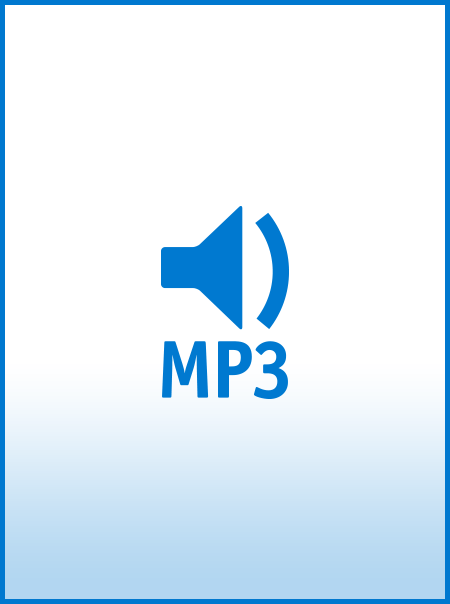Accordion,Double Bass,Guitar - Digital Download SKU: A0.1068894 Composed by Lars Ek. Folk,World. Full Performance. Duration 225. Lars Ek Cosmos Music c/o Musik & Underhållningsskrädderiet AB #1921499. Published by Lars Ek Cosmos Music c/o Musik & Underhållningsskrädderiet AB (A0.1068894). Something quite astonishing has happened in the Swedish accordion world during the last couple of years, we´ve got a new idol. It´s astonishing in two different ways: for us who know the accordion world it´s a fact that Lars Ek has been around as a professional accordionist for almost 20 years, since he finished school, second: he has become an idol playing music and in a style that has it´s roots 50 years back in the accordion music history. One could say that Lars Ek, today 35 years old, should have been 85, active in the 30´s. Himself, he confess that he feels kind of secret longing back to a time when accordionists were equilibrists, when accordionists played in a brilliant way, the golden age it was for all accordion music all over the world, an age that we will never meet again. It´s a type of music which is historical but not belonging to the museums, not dead, it´s a typical of music filled with life. Very much so thanks to Lars Ek. It´s a quite notable situation. Lars Ek has been playing the accordion for a long time, he has been playing all types of music that can be played on an accordion. Just some few years ago he met, via phonograph records, the music of Nils Lind and Ragge Sundquist (two legendary Swedish performers from the 30´s and the 40´s, both dead since long ago - they both founded a school and a style) and, of course, also Frosini. And then, finally, Lars Ek felt that it was exactly here, in this style where he belonged. Lars Ek finally came home. Some sloppy listeners say that Lars Ek is copying the music of Nils Lind. Those are listeners who don´t listen. Others say that Lars is a maniac - he plays on an accordion of the Raggie Sundquist brand from 1937 and since a couple of years he also owns and plays an accordion once owned by Pietro Frosini, manufactured in 1927. That´s not mania. The style asks for such instruments. It´s most correct that way. Lars Ek has become incredibly popular. There are many reasons. He has lots of personality, he is a stage personality, he shows enthusiasm and joy while performing, he knows how to attract an audience (and the girls say he´s very handsome). One other reason is that the music Lars performs finds lots of response from the audience. And, please, don´t think it´s only those old ones who were around in the 30´s who love the music - so do even the young ones! Lars Ek x 2 is the name of the record. The explanation is simple. Lars wasn´t able to find a second accordionist to assist him. So, thanks to the technique he is his own second accordionist himself in five of the tunes performed. There is one more explanation. Lars performs melodies linked to the names of Nils Lind, Ragge Sundquist and Frosini, but he also plays five compositions of hes own. Just to show how he wants accordion music to be composed. Lars Ek does not need any recommendation, his records sell anyway. But you´re going to get some final words. This records is, regarding style, very rare to be recorded in 1982, it´s a matter of looking back and to do so with lots of skill, a look back that golden age of the accordion. It´s also a very personal record. The inspiration may very well be Nils Lind, Ragge Sundquist and Pietro Frosini. But it´s Lars Ek who plays. In his personal way. Which means that this is a record played in a very personal way.
